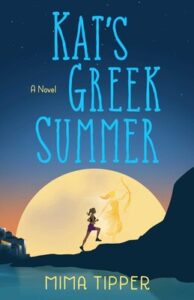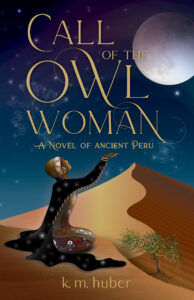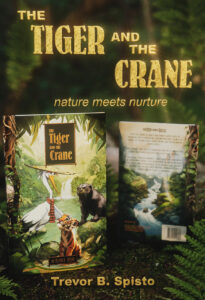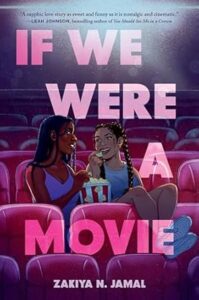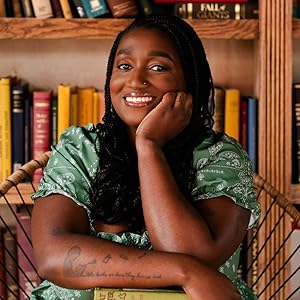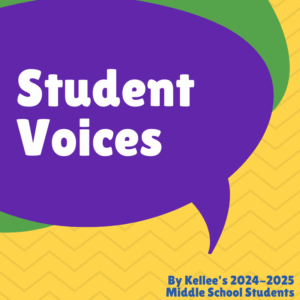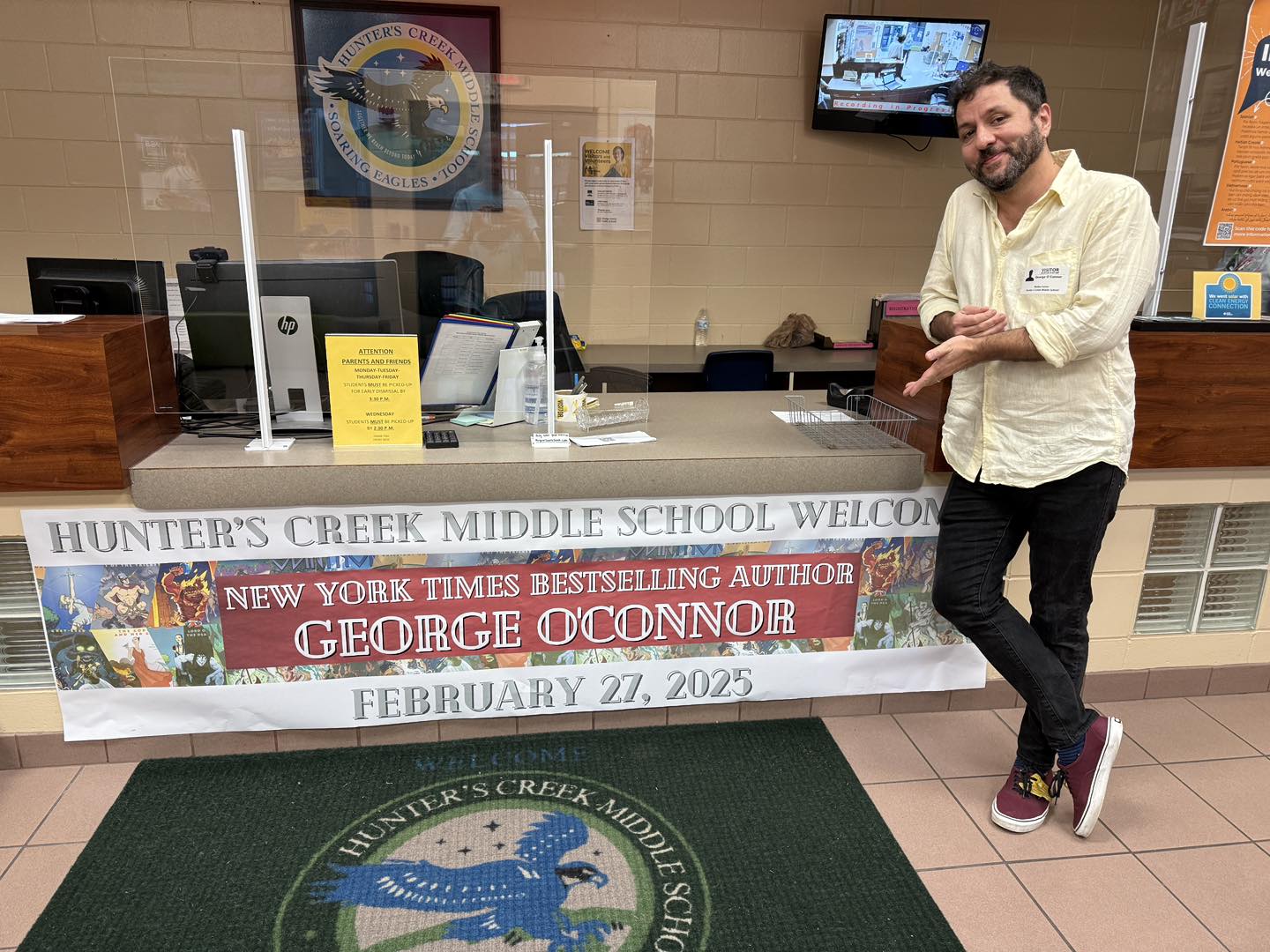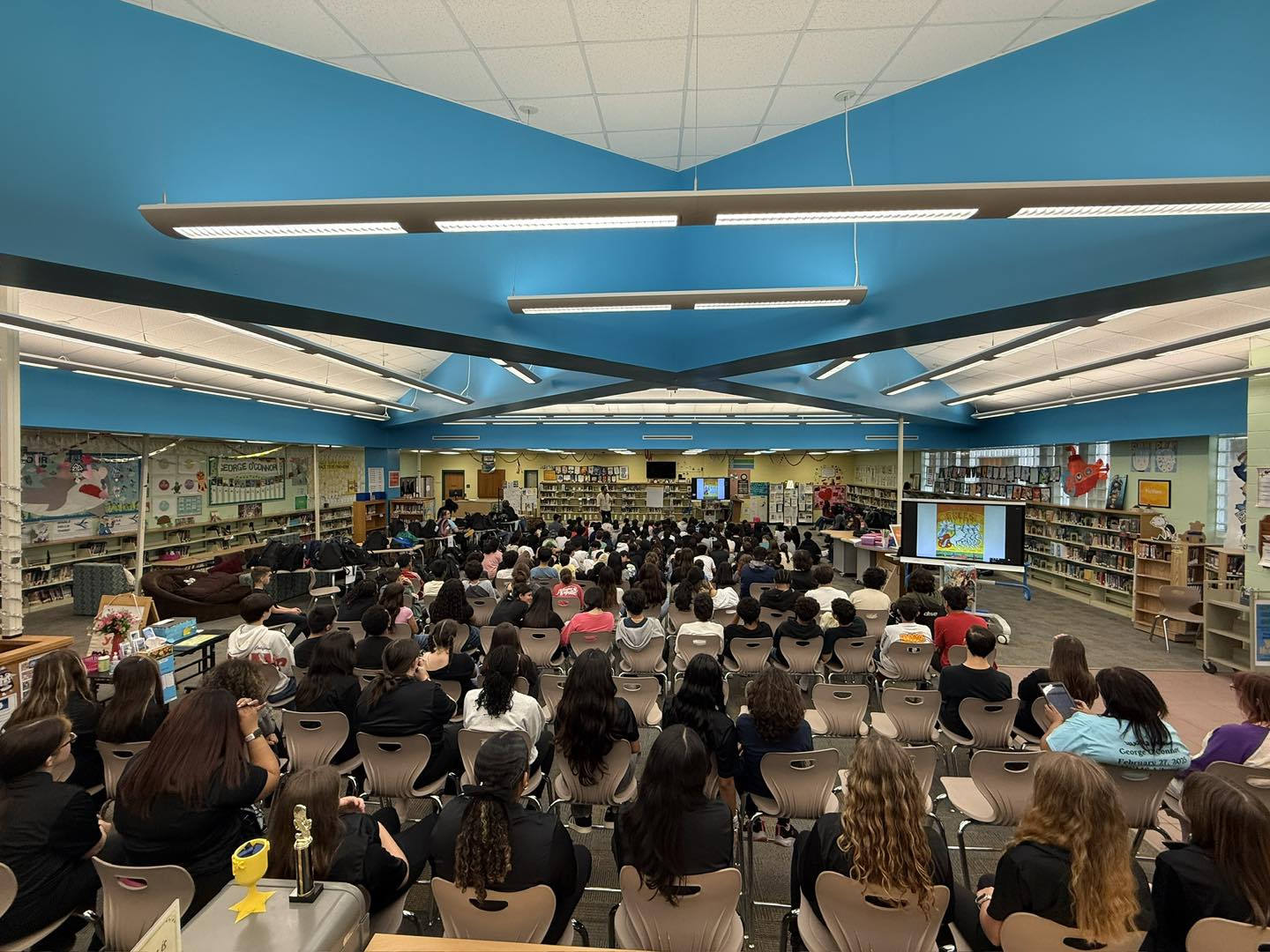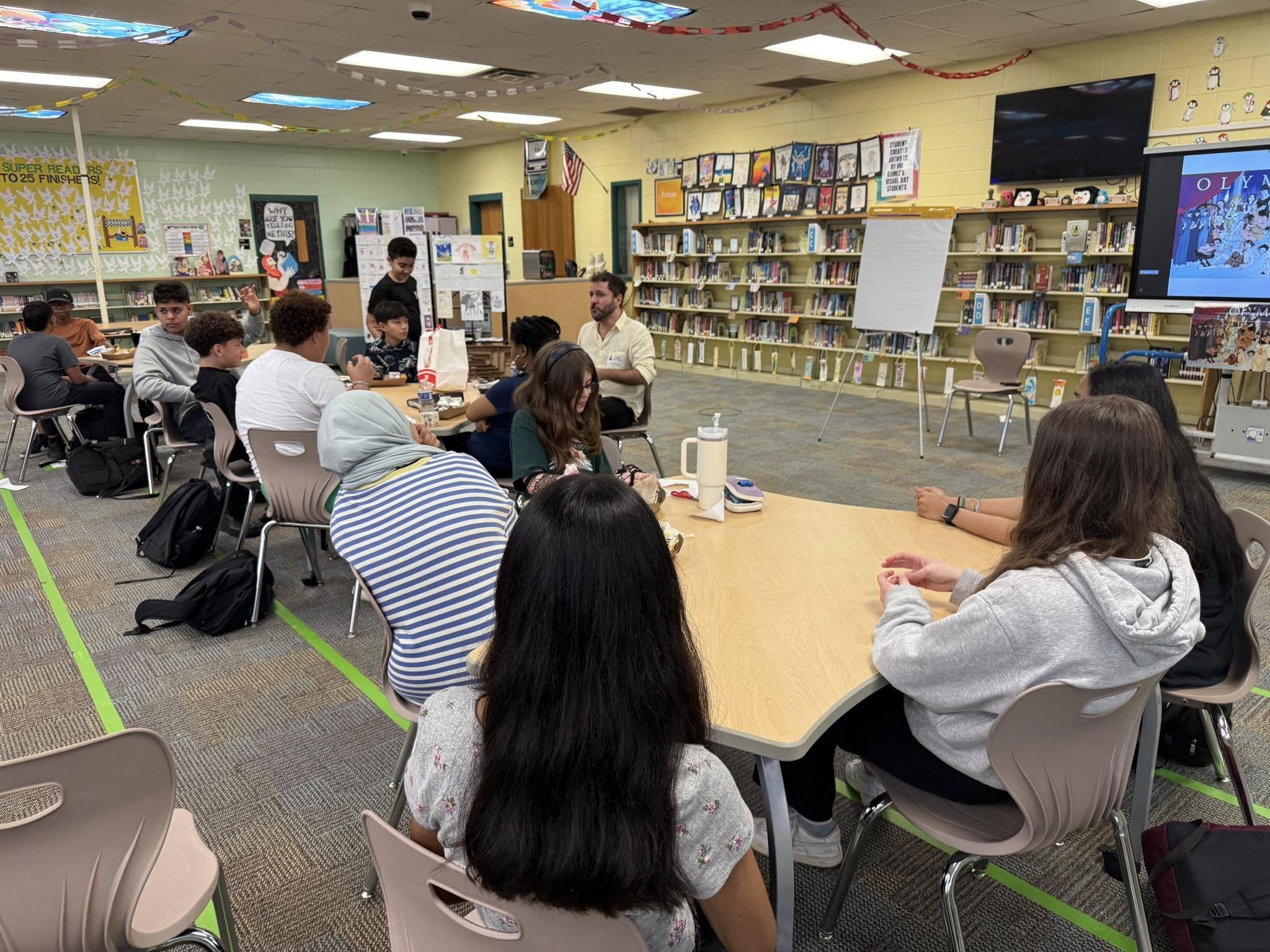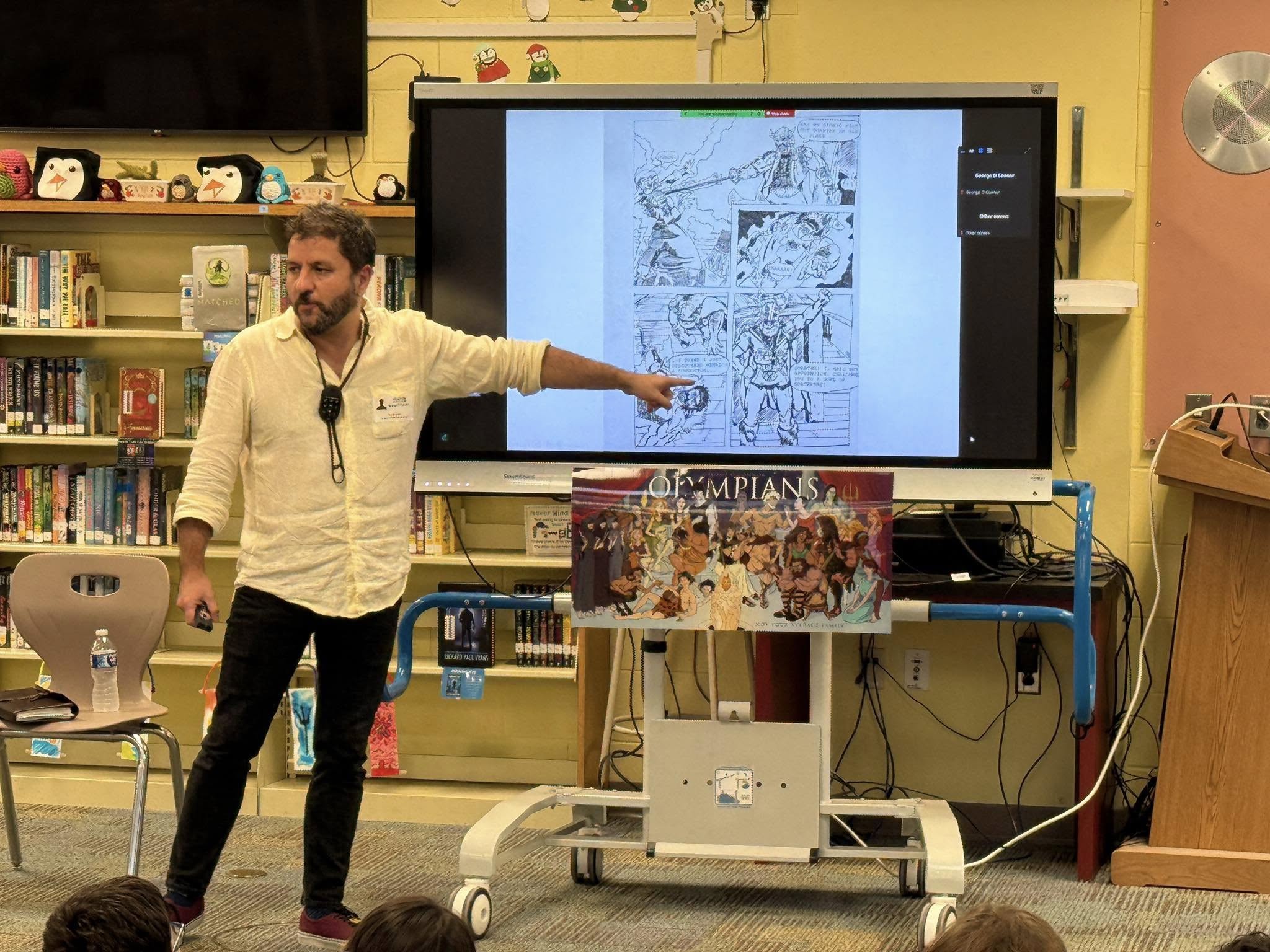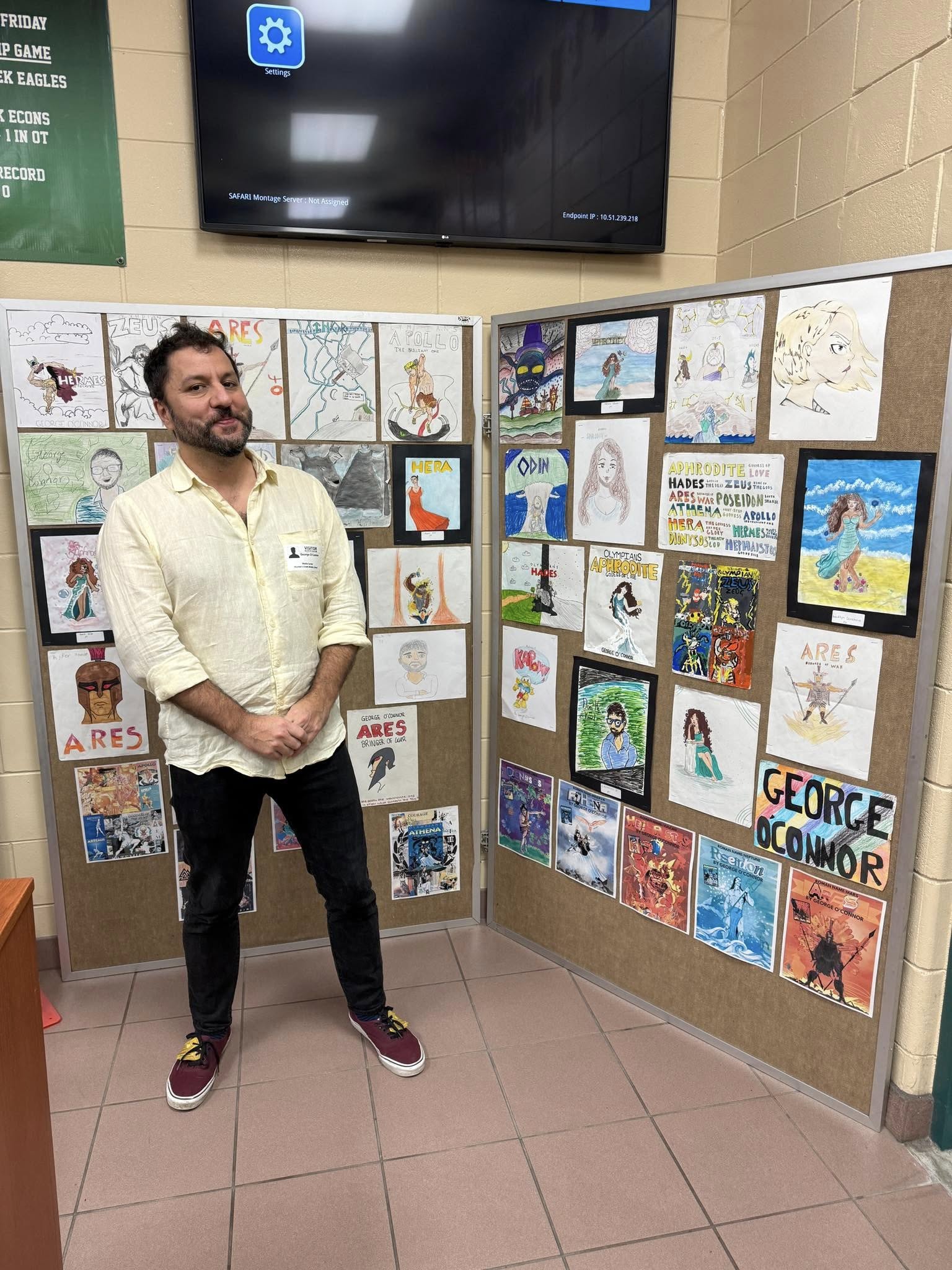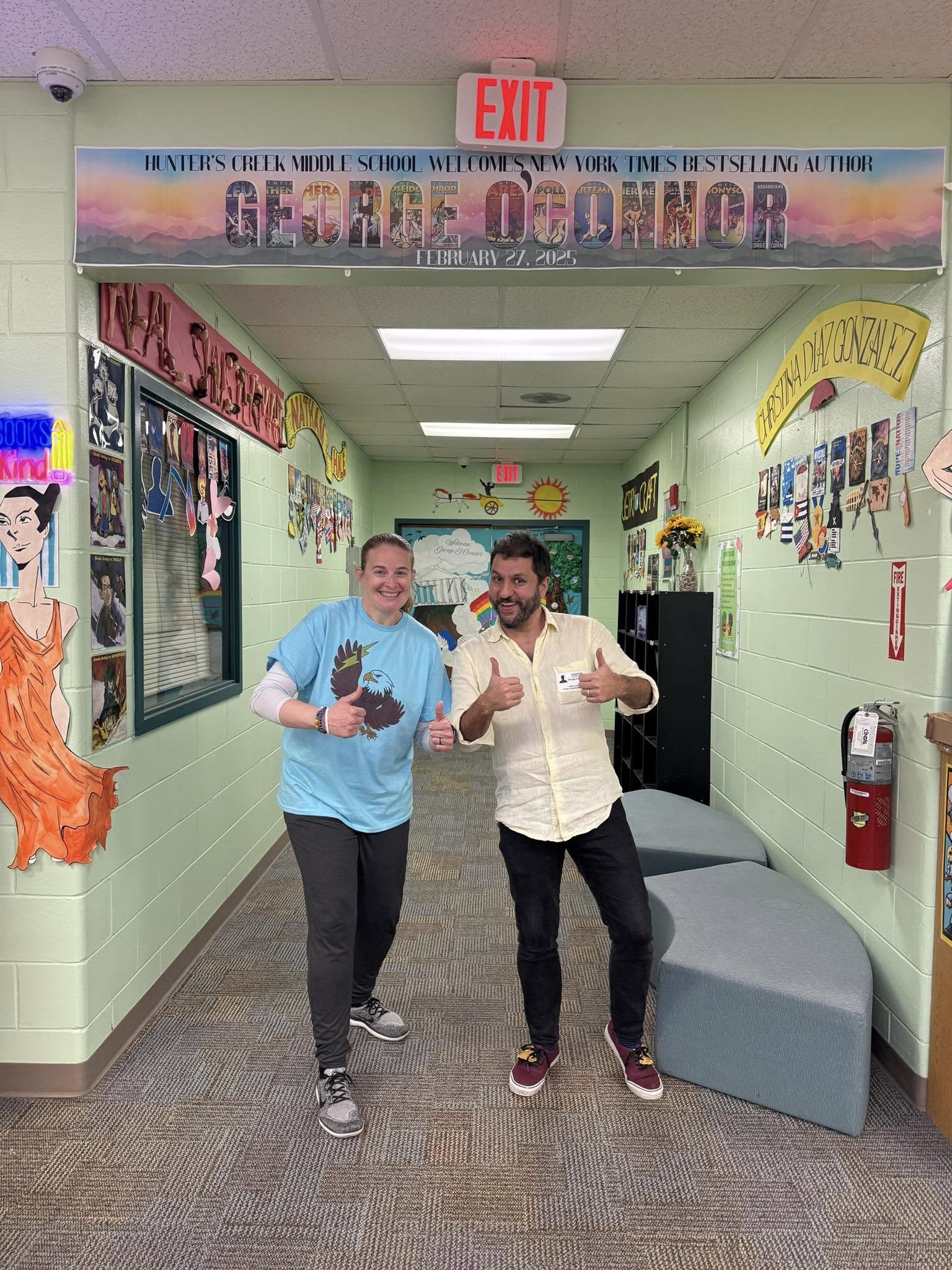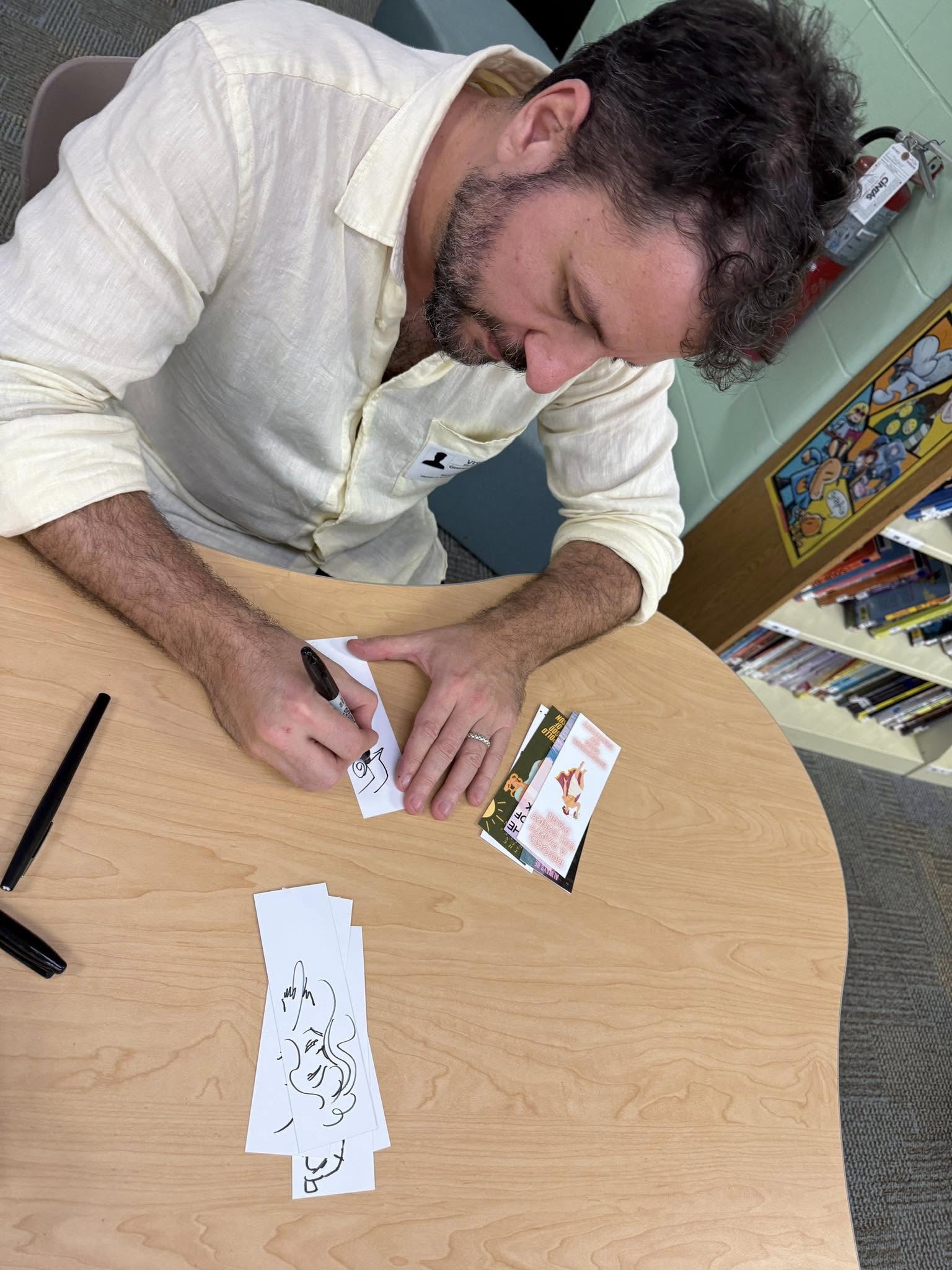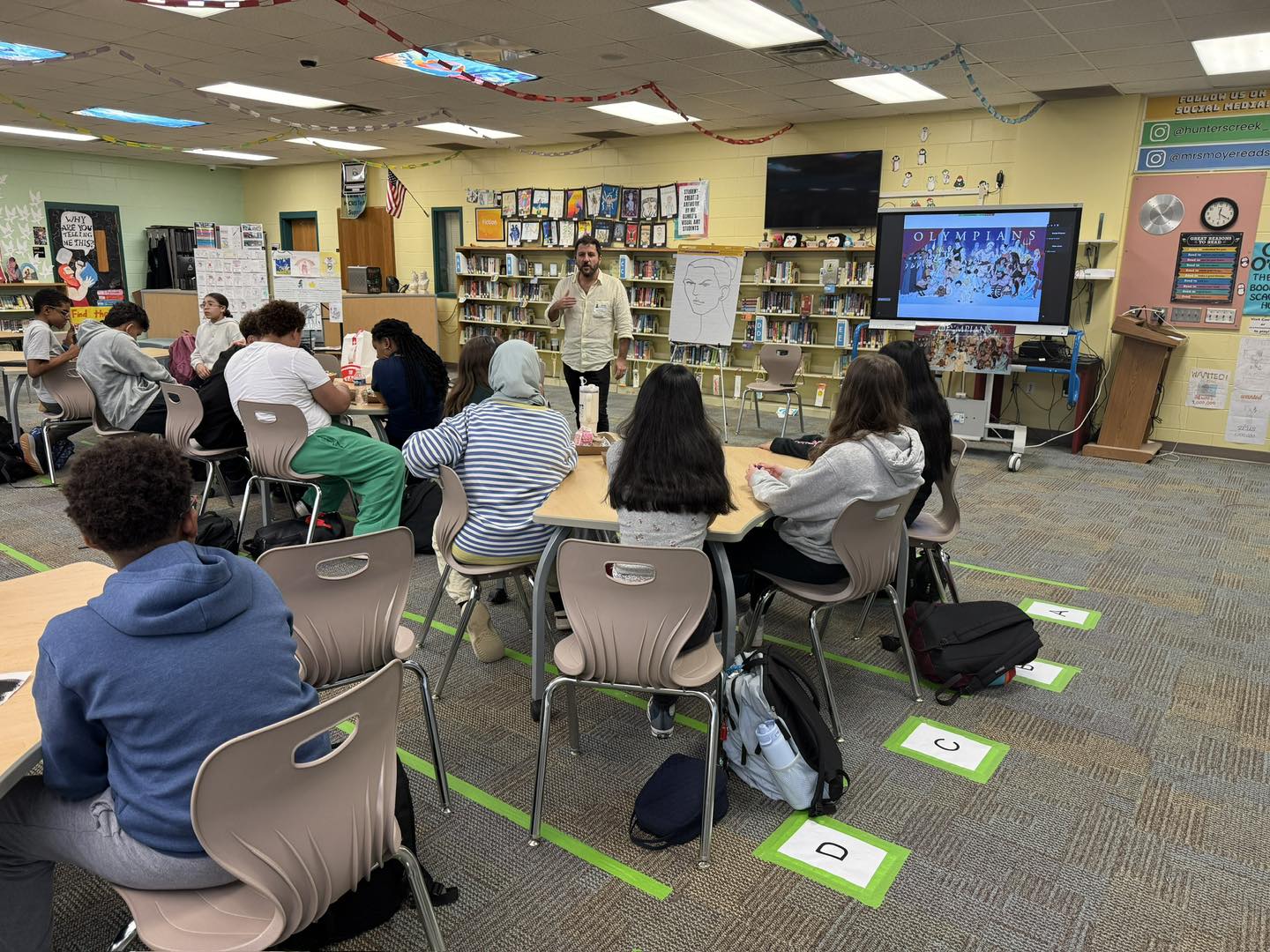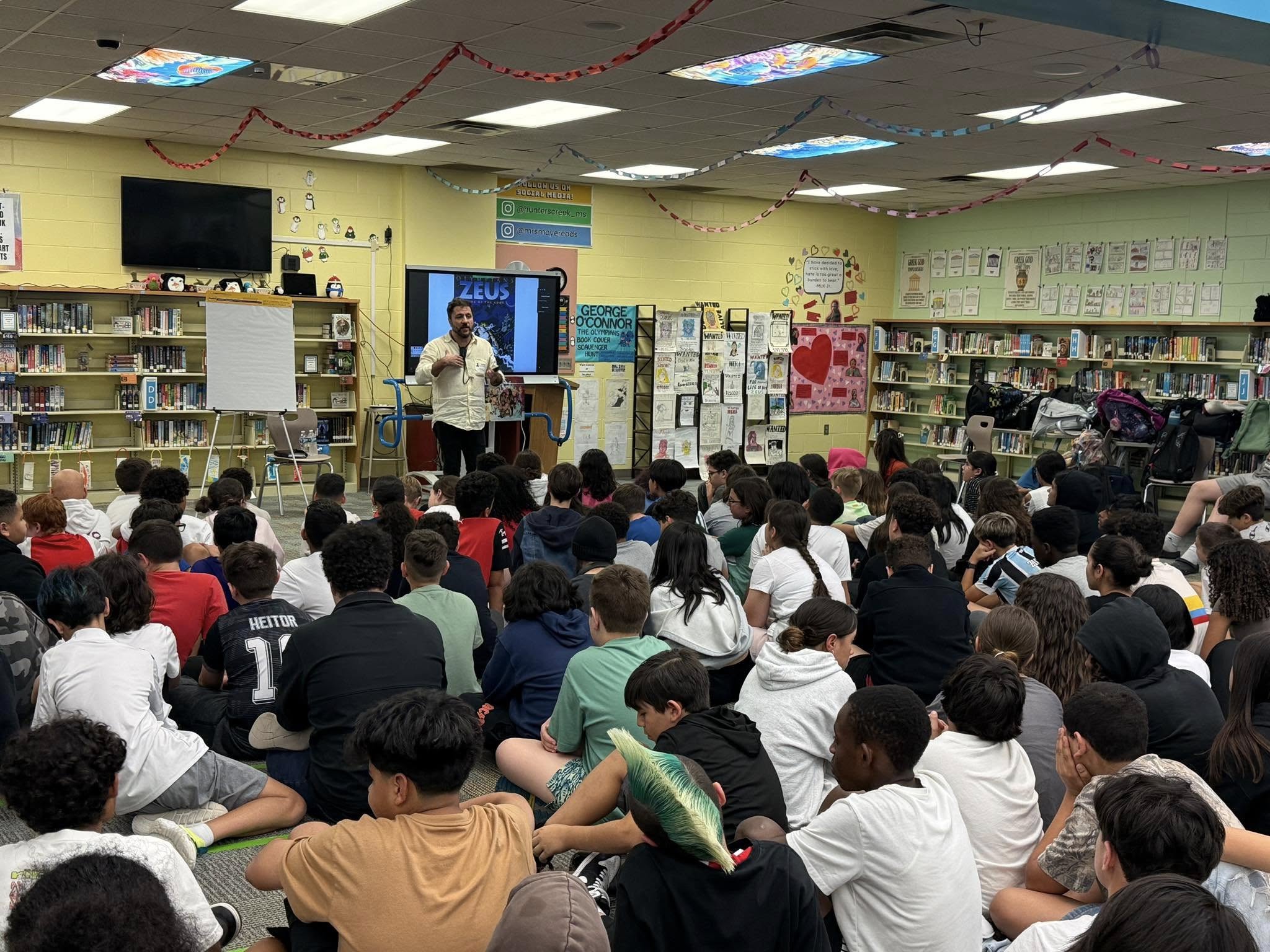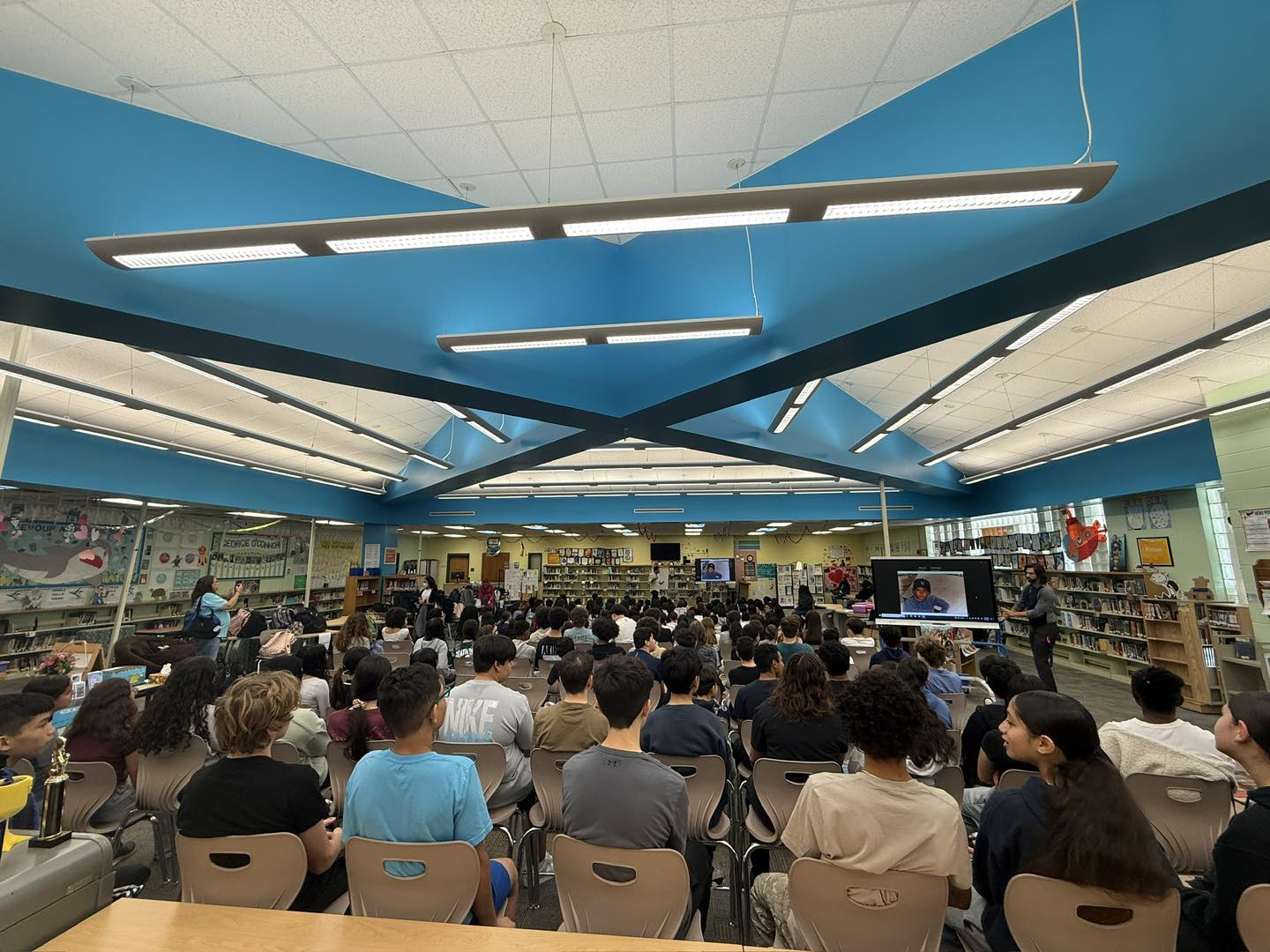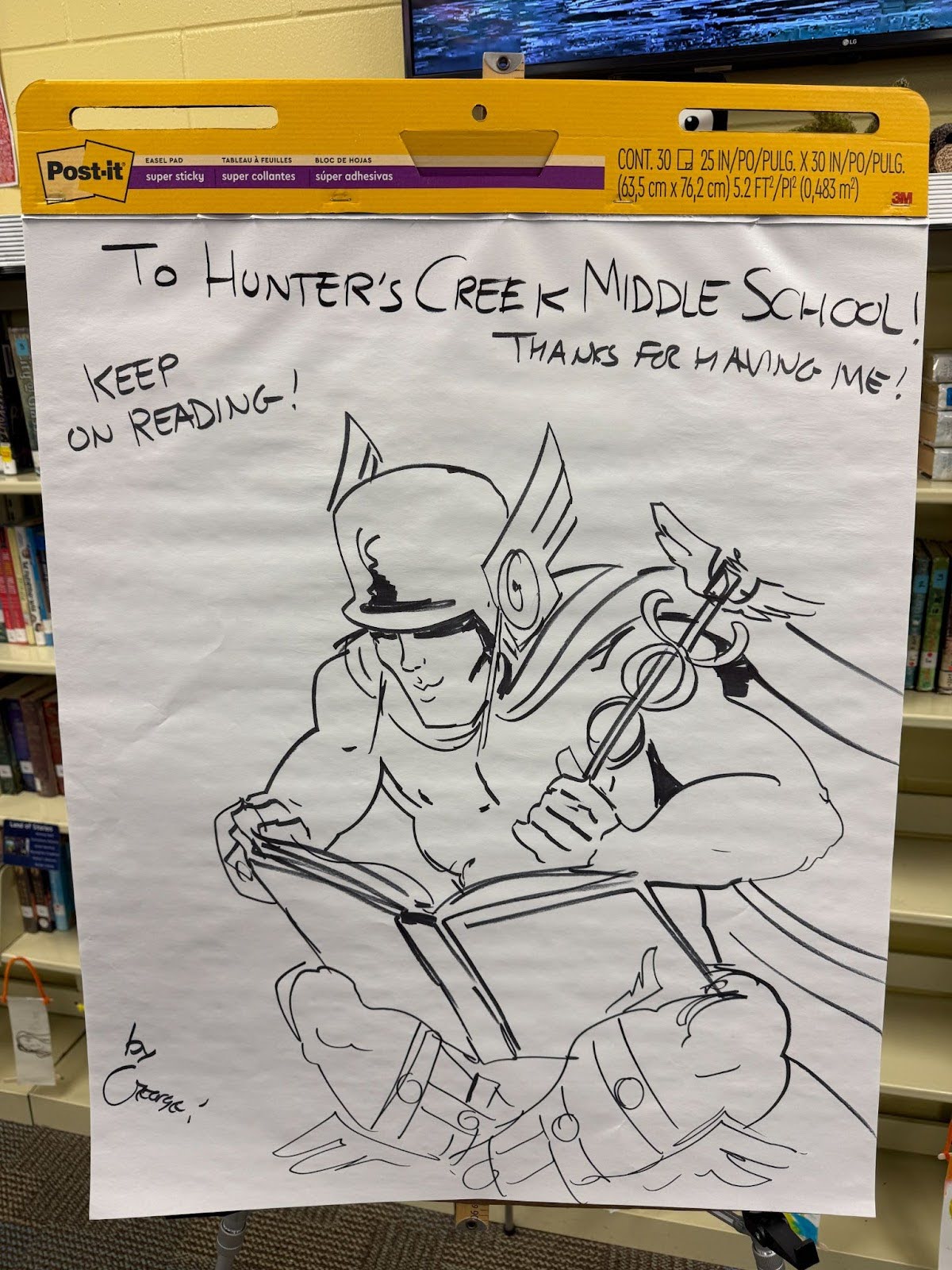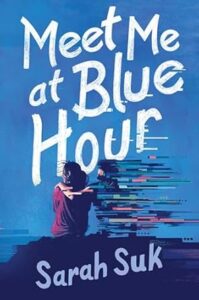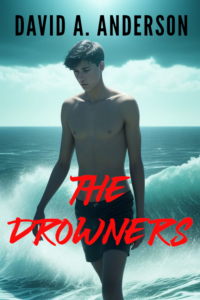“The Whole Family: Story’s Ability to Connect Young Readers to Second Culture Heritage”
When I started writing my YA novel Kat’s Greek Summer, the idea was to write a story loosely based on summers I spent as a young teen in a tiny Greek fishing village visiting the Greek side of my family. What surfaced immediately in my process was a blaze of memories full of sun-soaked locales and colorful Greeks. Strangely though, as soon as I put a “character” into those memories, other memories surfaced—ones that were not so sun-soaked or all that colorful. My 14 yro character began asking questions about her experiences and her family that had my adult/writer mind asking questions about my own murky connection to my Greek heritage. Questions that my younger self didn’t have the foresight, or maybe the courage, to ask.
As I asked myself these questions, my writer-self wondered about kids and teens coming from a similar background: not one of tangible trauma or overt and brutal racism, but one where mixed heritage was invisible and perhaps ignored. How that invisibility could result in a lack of connection to the larger family, and maybe even a deep-seated sense of confusion, isolation and shame about that larger family. Children, young teens especially, have a strong need to belong, to be part of the group, so when that sense of belonging is challenged, isolation, shame and hiding are a likely byproduct. Growing up half American half Greek, I often found myself in that liminal space of not belonging in either of my family worlds, and feelings of isolation, shame and hiding were certainly a big part of my childhood.
A little background: my mother is a full-blooded—born and raised in Athens—Greek who married an American, and moved with him to America to live and raise a family. In the early days of their marriage, they didn’t spend much time in Greece or with the Greek side of the family. My dad didn’t speak Greek and none of my mother’s family spoke English. Travel was expensive and Greece was a long, long way from our Connecticut home. My mom spoke fluent English and became an American citizen, quickly diving deeply into her life as an American.
After my parents divorced, she did seek Greek community where we lived in Connecticut, but by then the dye was cast for pre-teen me. I didn’t speak Greek and we didn’t live anywhere close to a Greek-American neighborhood. Sure, we went to the Greek church, only it was about 30 minutes from our house and none of my school friends went to that church because none of them were Greek. I spent Sunday after Sunday sitting in a pew not understanding a word the priest said. And there lies one of the main disconnects.
Even though my mom started taking me to Greece during the summer holidays to spend time with my yiayiá and some other relatives, by then I was old enough to feel the full weight of how different I was from my Greek cousins, and how I didn’t belong. I never got a feel for the Greek language—the different alphabet didn’t help—and looks-wise I took after my dad’s mostly Dutch heritage. When we went to Greece no one really looked like me. The food was different, the smells were different, and all around me was a cacophony of Greek conversation that I didn’t understand. Everything was foreign to me and none of the grownups, my mom included, thought to take time to make anything understandable to me. Sure, I had a bunch of fun/happy times with my Greek relatives, but mostly I was along for a ride where, I suppose, somehow, I was expected to “fit in with the Greeks” by osmosis. Long story short, I didn’t.
Cut to many years later as Kat’s Greek Summer percolated in my brain. Here’s a brief description of the book: soon to be high school freshman Kat Baker is all about training for the cross-country team this summer. Then her Greek mom knocks her off-course by dragging her to Greece. To meet the family. How can a girl train in ninety-billion degrees? And with a sharp-eyed yiayiá watching her every move? Determined to keep her running dream alive, Kat embarks on a risk-filled odyssey, discovering that self-truth is at the heart of dreams, first love—even family—and that it is up to her to speak up and claim the heritage that is uniquely hers.
Though the basic premise of my book tells a lot of my own story, fictionalizing my youth helped me explore the sense of disconnection and confusion about my identity that I experienced as a child and teen, much of which was the result of perceived differences born from a tenuous connection to my mother’s Greek heritage. Writing Kat’s Greek Summer helped me face long-held childhood feelings of shame and hiding about my family, because Kat, my main character, was different enough from childhood-me to ask the questions and make the observations that I never had the courage to ask or make. Her fictional experiences and conversations with her mother, her yiayiá and other Greeks brought adult-me a lot of deep reflection and self-forgiveness. From there sprang a sense of pride about my mixed heritage. Pride I wished I’d had, and been encouraged to develop, as a teen.
I think young readers in particular need to have access to stories about unclear or second heritage and uncertain identity because I believe that—darker, more tangible issues of race and mixed heritage aside—there are many young readers who feel isolated, disconnected and confused about their mixed families, and have no clearcut tools to address their isolation and confusion. That’s where fictional characters become essential, because they are able to spark thoughts, empathy, questions and feelings that may help the reader interrogate their own story. And do so in a way that may ignite genuine conversation with family members that could result ultimately in a stronger sense of family connection and pride, as well as an ability to make healthy decisions around exploring self and family identity.
Published May 13th, 2025 by SparkPress
About the Book: Almost-freshman Kat Baker has big plans to train all summer long so she can become the running goddess of her high school. But when she learns her summer will instead be spent exploring her roots in a rustic Greek village, Kat’s sure her popularity plan is toast. In Greece, punishing heat and cultural clashes force Kat to launch a risky and covert training strategy to keep her running-star dreams alive. During her late-night runs, Kat is swept into encounters with Theofilus Zafirakis, a dreamy but off-limits Greek boy. Soon, Kat’s secret odyssey spirals out of control, putting one of her cousins in danger. In the end, it takes the unexpected meddling of an entire Greek village for her to discover that the key to belonging anywhere is belonging first to herself.
About the Author: Half-Greek, half-American, Mima Tipper and her writing reflect her heritage—a little bit old-country, a little bit rock and roll: one foot wandering through the dreamy realms of myths and faerie tales, the other running on the solid ground of fast-paced, contemporary story. She earned her MFA in Writing for Children and Young Adults from Vermont College of Fine Arts, and has published YA fiction in Hunger Mountain and Sucker Literary magazine. Her YA short story “A Cut-out Face” received an honorable mention from Hunger Mountain’s Katherine Paterson Prize, her work-in-progress “Chasing a Blue So Wild” was a top ten finalist in Voyage YA’s first chapter contest, and her work-in-progress “Channeling Marilyn” came in second place for Paranormal Romance in the Chesapeake Romance Writer’s annual Rudy contest. “Kat’s Greek Summer” will be her first published novel. Beyond devoting most of her time to writing, Mima volunteers at her local library and is committed to promoting literacy. Mima lives in Vermont with her family. Learn more at: www.mimatipper.com.
Thank you, Mima, for sharing how your book connects to your life!
